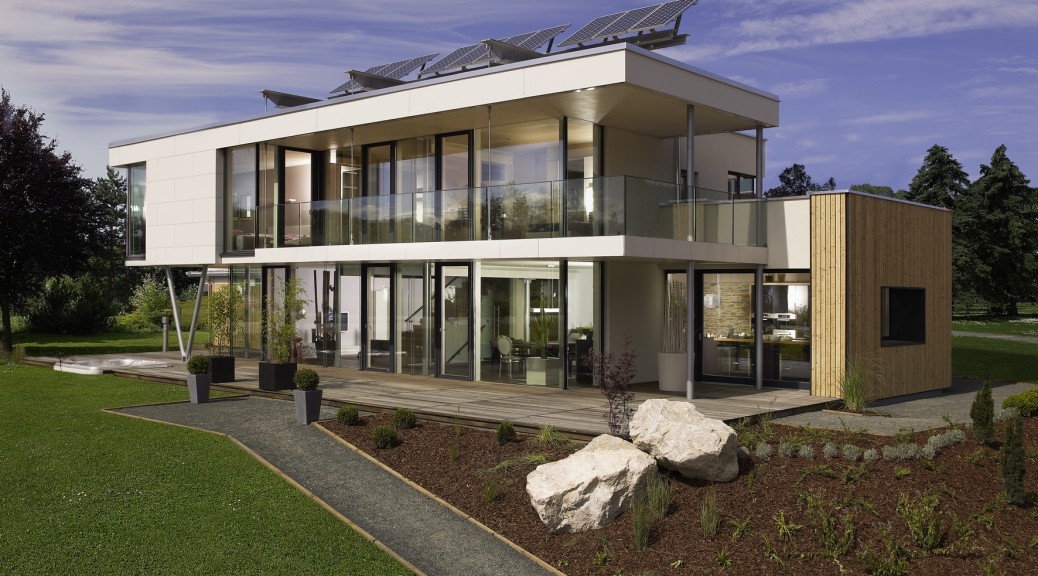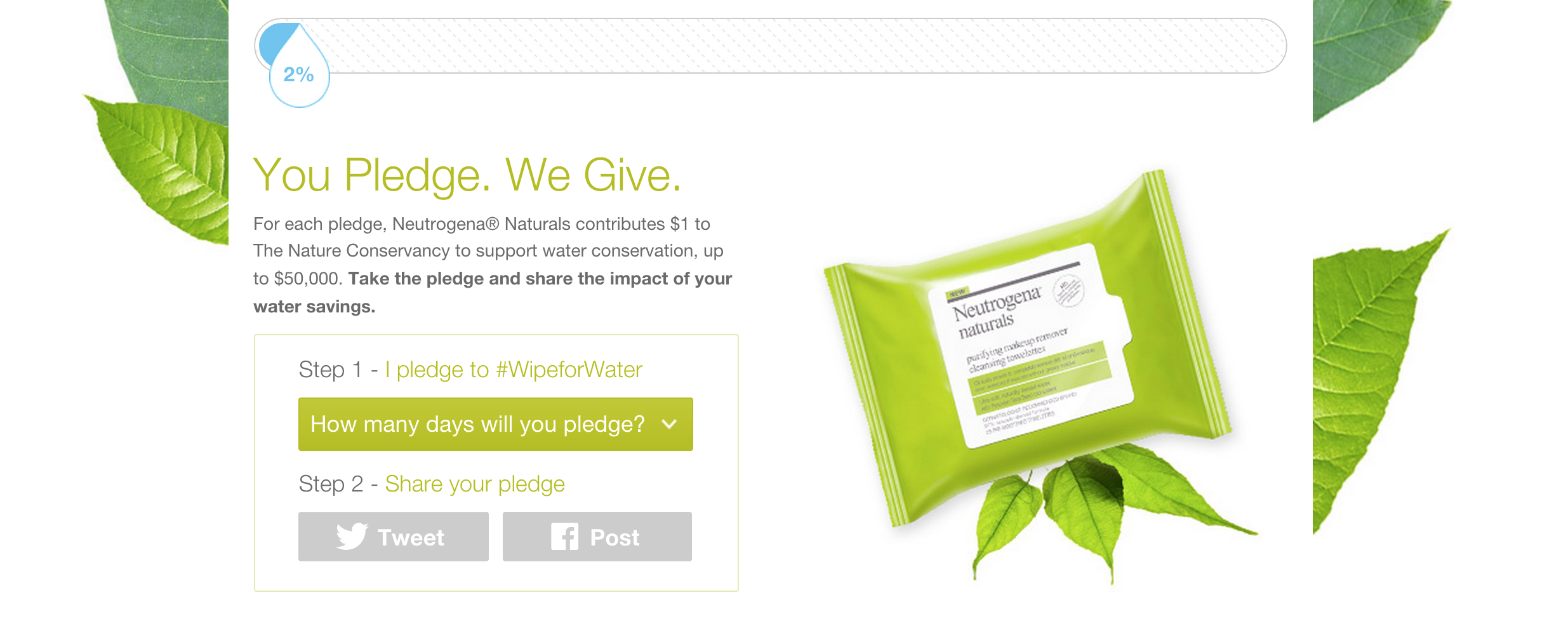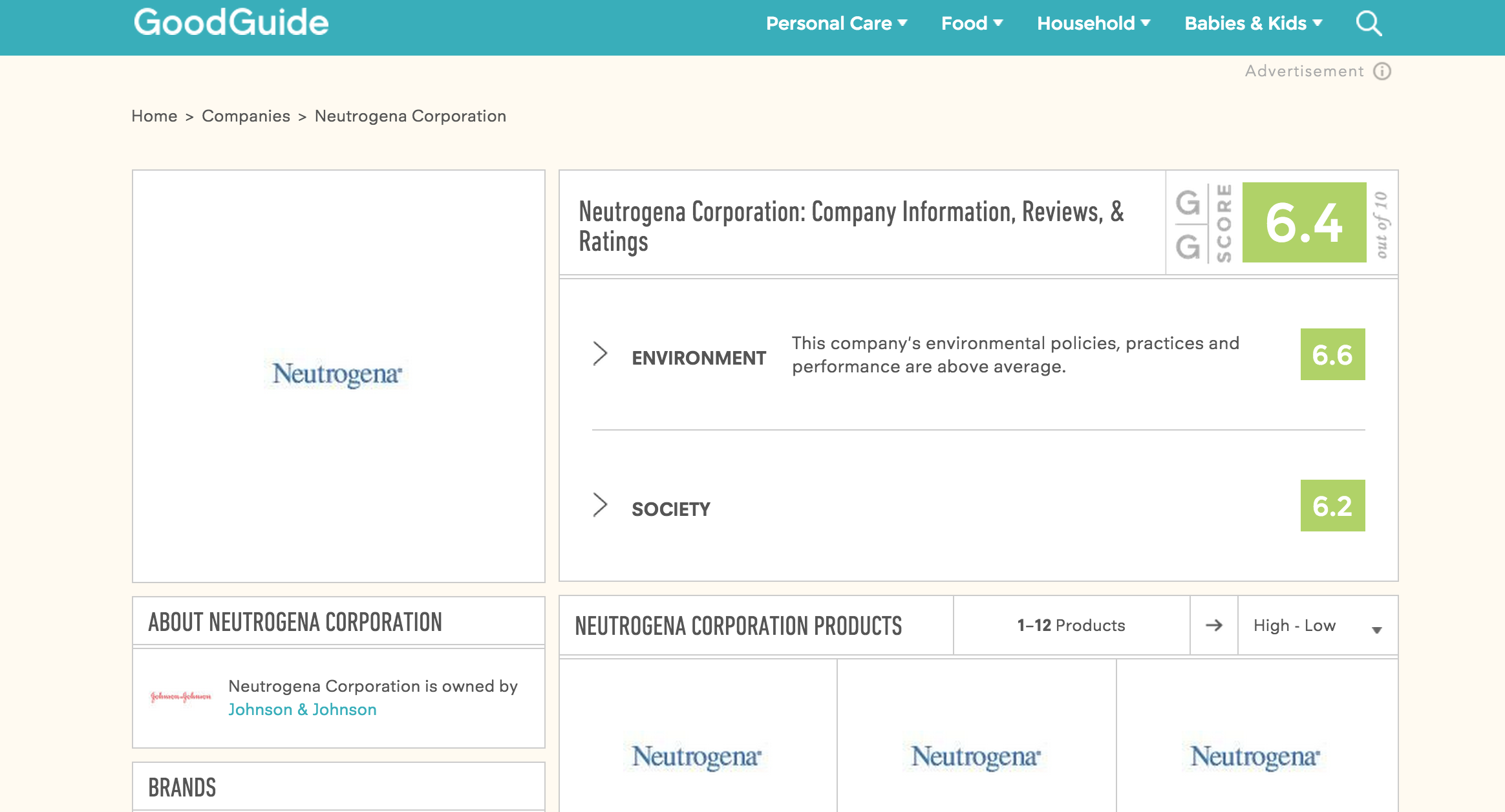In Liz Tinlin’s article about pursuing brand awareness, she outlines four criteria to determine whether something is really a purpose. Life, Action, Simplicity, and Relevance.
A few days ago, I watched this video:
It essentially introduces a couple’s idea of making roads and other surfaces out of solar panels with a protective outer glass casing, made of recycled glass, to protect it from any damage. In addition to this, the creators also plan to program LED lights on the surface of these panels that can be programmed to change into any kind of formation desired.
Looking a little more into the product and the creators, I found their purpose, to save and preserve the world, not for their own grandchildren, but for everyone’s grandchildren, fits all of Tinlin’s criteria.
It can be applied to a diverse range of categories, as all categories should be seeking sustainability and a better future, if not for themselves then for their future generations, demonstrating the Life criteria.
Save and preserve, strike me as verbs that inspire action, and call on people to specifically join together to inspire one objective, to rescue, satisfying the Action criteria.
As corny as it may seem, the purpose is easy to understand. Although many people have different perspectives of how to leave a better life for the generations to come, it’s something that everyone hopes to achieve, communicating Simplicity.
Lastly, Solar Roadways does indeed live up to its purpose by actively providing solutions to preserving the planet, linking it’s product to its purpose well, establishing Relevance.
As with all products, there are also many nay-sayers who are convinced that these panels will not work. Some criticisms include the dangers of the displays being hacked, the high costs, and the limited durability of the glass casing, as well as it’s design. With these people’s expertise, I almost feel as if they should take these criticisms and work with the panels to look for solutions to create a feasible product rather than simple doubt its functionality.
However, Solar Roadways has still received massive support from the public after launching their original idea on crowdfunding website Indiegogo in June last year, raising 220% of what they originally asked for. Furthermore, the campaign was also recently reopened due to popular demand. It’s truly great to see the number of people who believe in innovation to create a better planet, and ends this post on a positive note by giving us hope in the world to come.










